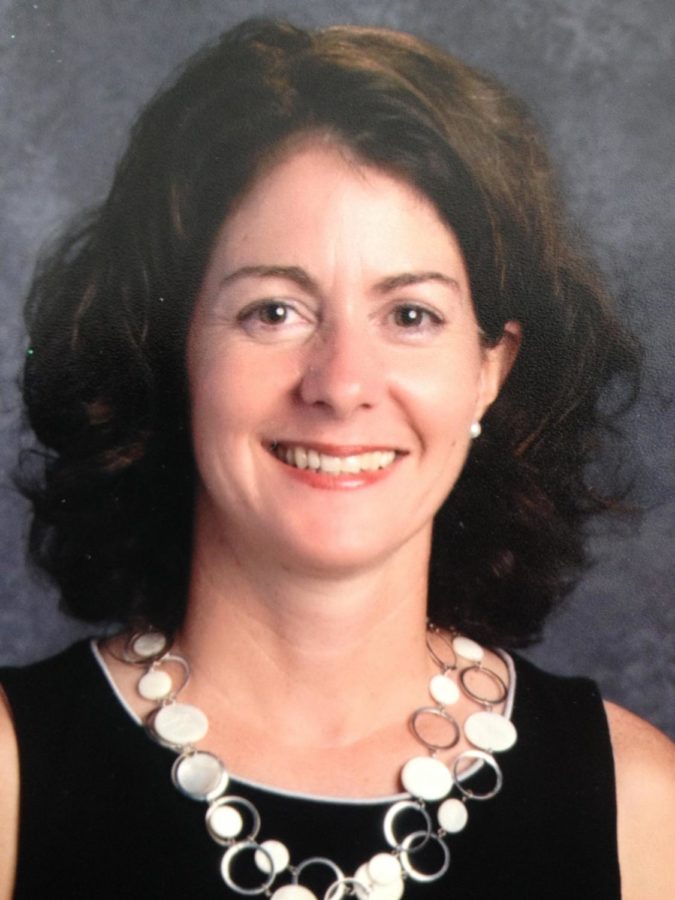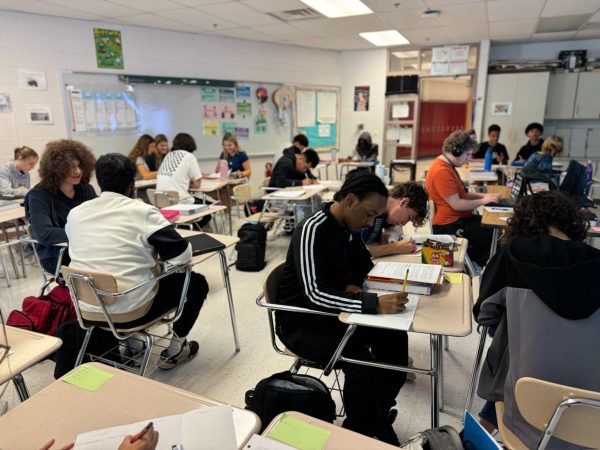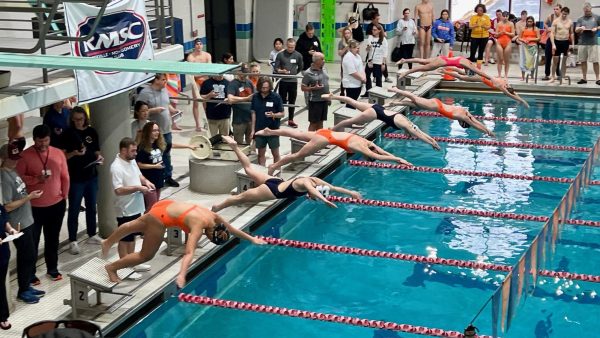Increased Latino and Hispanic Representation in MCPS Would Break Barriers for Students
Photo Courtesy of Alicia Deeny
Alicia Deeny made history this year as the first Latina principal in MCPS. She is also the first female principal of Richard Montgomery High School.
Aug. 2020, Alicia Deeny made history as the first female principal of Richard Montgomery HS and the first Latina principal in a Montgomery County Public high school. Latino and Hispanic students have been the growing majority in the county since 1984 and have been the largest ethnic demographic in the county since the 2017-18 school year according to the MCPS Annual Report from 2016. Looking at the previous demographics, why has it taken so long for a Latino to fill the position of principal in MCPS?
Latino and Hispanic students make up 32.4% of the students in MCPS, while they only make up 13.19% of MCPS’ workforce according to the MCPS Annual Report from 2020. The statistics raise eyebrows at the lack of Latino and Hispanic representation MCPS students see in their schools.
Deeny has had vast experience working in MCPS. After receiving her master’s certification at Johns Hopkins University, she completed her student-teaching (college-supervised instructional experience) at Bethesda Chevy-Chase HS. Her first job after completing her master’s degree was teaching Spanish at Takoma Park MS.
Deeny was working as a resource teacher at Blair HS when she was nominated to become an assistant principal. Deeny spent some time contemplating a position change but eventually decided to become principal at Takoma Park MS for 8 years before taking on the job at Richard Montgomery HS.
After considering Deeny’s experience and credentials, it still remains rare to see other Latinas in leadership positions such as Deeny’s. There remains a widening education gap between Latinos and other ethnic groups.
At the graduate degree level, only 5 percent of the adult Latino population holds a degree (Degree Attainment for Latino Adults: National and State Trends). Sixty-four percent of graduate degrees held by Latinos are held by women (Graduate School Realities and Latinas with Master’s Degrees).
The reason Latinos seem to be behind in obtaining degrees appears to be a totality of obstacles faced by the group. A portion of the Latino population faces burdens that disadvantage them educationally. Many Latino students are disproportionately disadvantaged by their socio-economic status.
There could be a number of hardships Latino students may face. For instance, students may have to start supporting themselves and their families in college or when they reach working age. Schools in lower-income communities may not provide the rigor needed to prepare a student for college. In addition, students may not be notified of opportunities or resources. All of these factors create a barrier to education for Latino students.
Often, parental involvement in school has a positive impact on student performance. Latino children may not have that same support at school if there is a language barrier or if parents must work.
“I’m also very excited about being able to work really closely with the Latino community here at Richard Montgomery and really trying to engage parents more into being at school and to learning about how they can support their own children in their academic pursuits,” Deeny told MyMCMedia.
A more diverse workforce which represents the student body would improve the academic experiences of students of color, especially Hispanic and Latino students. Having more principals like Deeny, who understand the plight of Latino students, can work to combat common barriers for Hispanic and Latino students in MCPS. Seeing more representation in schools gives students a feeling of hope and possibly someone to relate and look up to.
“Feeling connected to school is really the foundational part of students feeling that they can grow academically and in their career choices that they have leaving high school,” said Deeny.
Isabella Amador is a senior and the Editor-in-Chief after being associate editor her junior year and starting as a staff writer her sophomore year. She...












